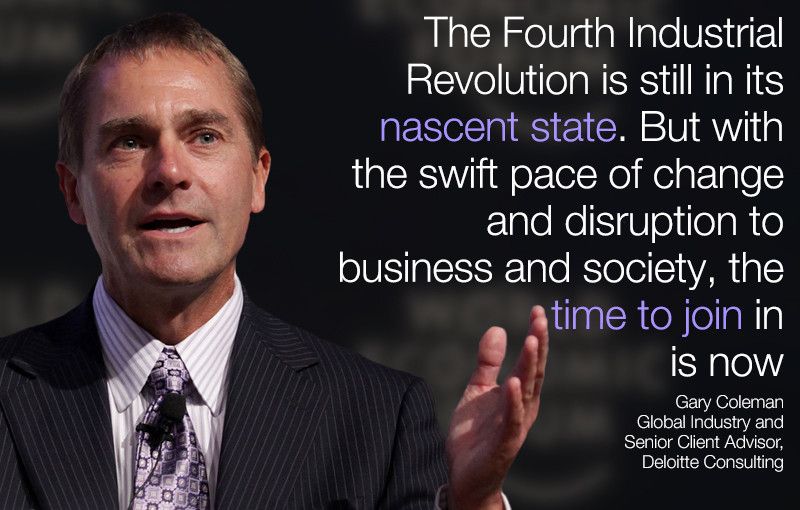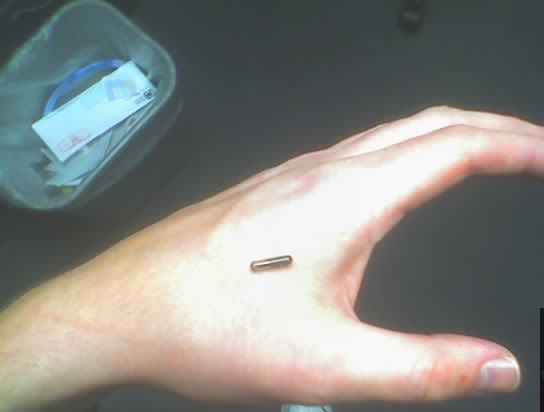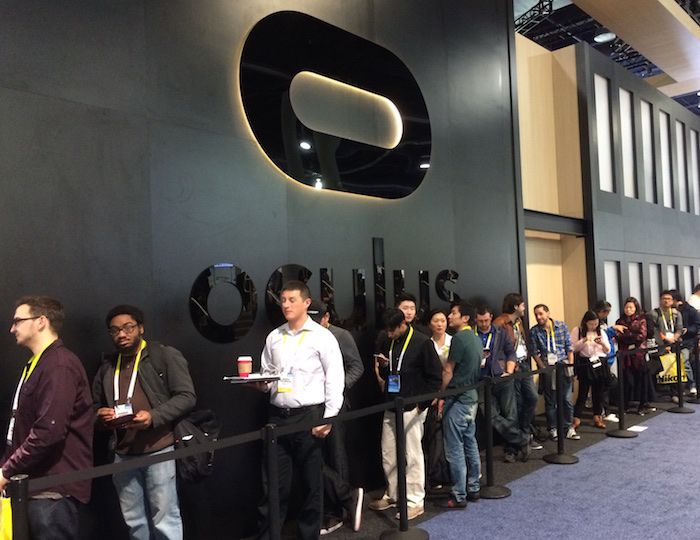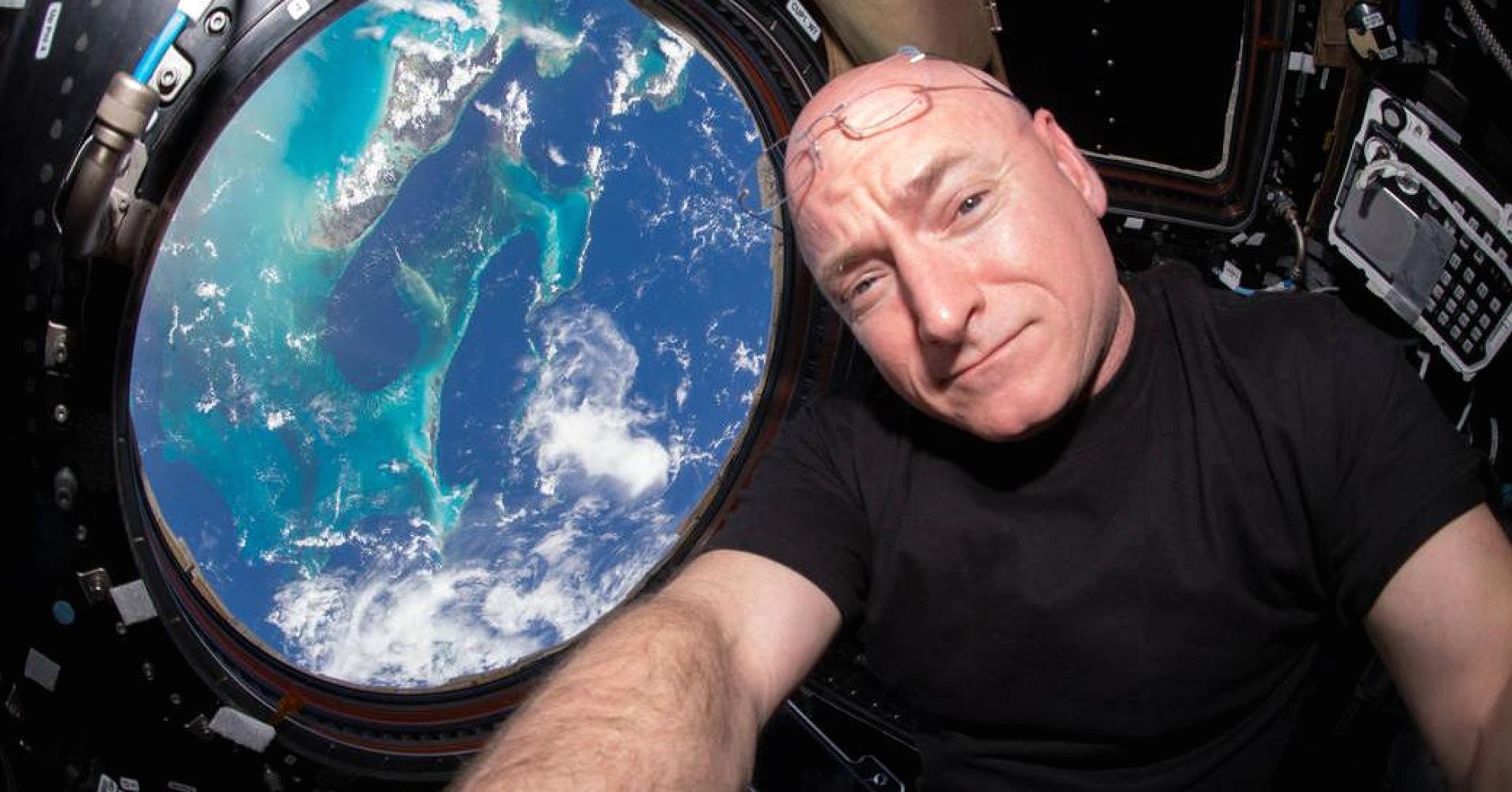Very interesting; the article highlights that there was no mention of job losses in 2020 within the IT field instead the writer highlights a shortage of IT resources to fill the jobs. And, thoroughly appreciate that the writer highlighted that Quantum, Nanobots, etc. are making the 4th Industrial Revolution happen; I couldn’t agree more.
To be sure, the Fourth Industrial Revolution is still in its nascent state. But with the pace of change and disruption to business and society so swift these days, the time to join in is now.
Author: Gary Coleman is the Global Industry and Senior Client Advisor for Deloitte Consulting and lead partner in Deloitte’s strategic relationship with the World Economic Forum. Follow him on Twitter@gcoleman_gary. He is participating in the World Economic Forum’s Annual Meeting in Davos.






